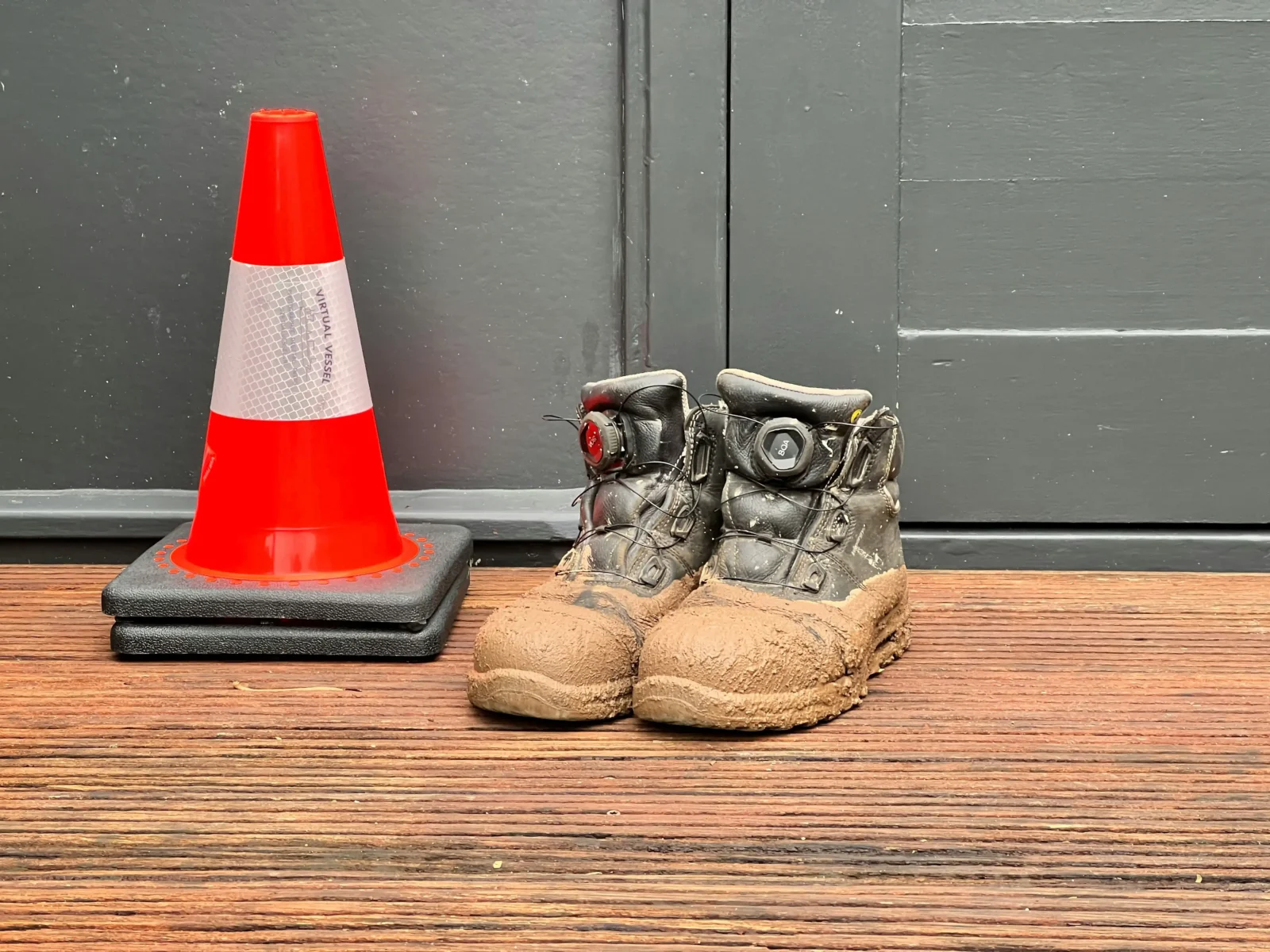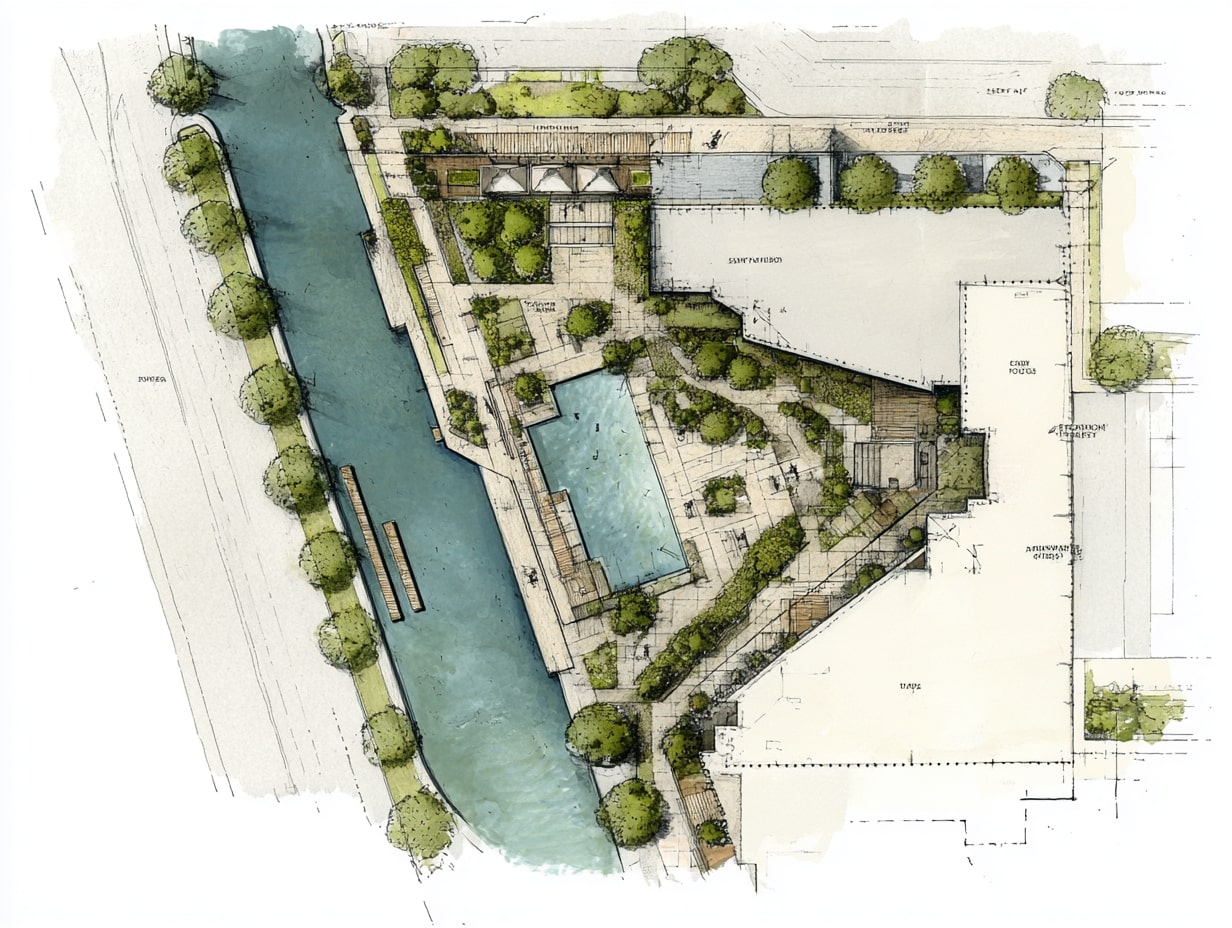- Home
- Articles
- Architectural Portfolio
- Architectral Presentation
- Inspirational Stories
- Architecture News
- Visualization
- BIM Industry
- Facade Design
- Parametric Design
- Career
- Landscape Architecture
- Construction
- Artificial Intelligence
- Sketching
- Design Softwares
- Diagrams
- Writing
- Architectural Tips
- Sustainability
- Courses
- Concept
- Technology
- History & Heritage
- Future of Architecture
- Guides & How-To
- Art & Culture
- Projects
- Interior Design
- Competitions
- Jobs
- Store
- Tools
- More
- Home
- Articles
- Architectural Portfolio
- Architectral Presentation
- Inspirational Stories
- Architecture News
- Visualization
- BIM Industry
- Facade Design
- Parametric Design
- Career
- Landscape Architecture
- Construction
- Artificial Intelligence
- Sketching
- Design Softwares
- Diagrams
- Writing
- Architectural Tips
- Sustainability
- Courses
- Concept
- Technology
- History & Heritage
- Future of Architecture
- Guides & How-To
- Art & Culture
- Projects
- Interior Design
- Competitions
- Jobs
- Store
- Tools
- More
Moving with Purpose: Essential Space Planning Strategies for Relocating Architects and Design-Conscious Homeowners

Relocating represents one of life’s most significant spatial transitions, requiring the same thoughtful approach architects apply to their most complex projects. Whether you’re an architect seeking new opportunities or a design-conscious homeowner looking for a better living environment, moving requires strategic planning that extends far beyond simply packing boxes.
The process becomes even more complex when dealing with specialized items that define our professional and personal spaces. From architectural drafting tables to custom furniture pieces, every element requires careful consideration and attention to detail. One particularly challenging aspect involves evaluating different storage options, which demands careful planning due to varying space requirements and environmental concerns. Understanding these complexities early in your planning process prevents costly mistakes and ensures your most valuable possessions arrive safely at your new location.
Table of Contents
ToggleThe Architectural Approach to Moving Strategy
Professional architects understand that successful design begins with comprehensive site analysis and program development. The same principles apply to relocating. Before touching a single possession, conduct a thorough assessment of both your current space and destination.
Start by creating detailed floor plans of your new home, including accurate measurements of doorways, hallways, and staircases. This documentation proves invaluable when determining which furniture pieces will fit and how to navigate tight corners. Consider the orientation of rooms, natural light patterns, and traffic flow just as you would in any architectural project.
Document your existing space with equal precision. Photograph each room from multiple angles, noting how furniture arrangements currently function. This visual inventory serves two purposes: it helps with insurance documentation and provides reference points for recreating successful spatial relationships in your new environment.

Beyond Square Footage: Understanding Spatial Relationships
Many homeowners focus solely on square footage when evaluating new spaces, but architects know that volume, proportion, and adjacencies matter equally. A smaller room with higher ceilings can feel more spacious than a larger room with standard eight-foot heights. Similarly, open floor plans create different living patterns than those found in compartmentalized layouts.
Evaluate how your current lifestyle patterns will translate to the new space. If you work from home, consider how natural light affects your productivity throughout the day. For families, analyze sight lines between the kitchen, living, and play areas. These considerations influence not just furniture placement but also which items deserve premium placement in the moving truck.
Consider the acoustic properties of different spaces as well. Hard surfaces, which work beautifully in minimalist photography, often create challenging sound environments for daily living. If you’re transitioning from carpeted rooms to hardwood floors, plan to incorporate area rugs and soft furnishings to maintain acoustic comfort.
Strategic Decluttering Through Design Thinking
Architects excel at eliminating unnecessary elements that clutter good design. Apply the same discipline to your possessions before you move. Rather than using the traditional “keep, donate, trash” approach, think like a designer editing a space.
Group items by function rather than room. This reveals redundancies that room-by-room sorting might miss. You might discover three different lighting solutions serving the same purpose, or multiple seating options competing for the same spatial role.
Evaluate each item’s contribution to your overall design vision for the new space. Does this piece enhance the aesthetic you want to create, or does it simply fill space? High-quality, purposeful pieces deserve priority over decorative items with purely sentimental value.
Technical Considerations for Specialty Items
Design professionals often own equipment and furnishings that require special handling during relocation. Drafting tables, large-format printers, and modular furniture systems require disassembly and careful documentation for reassembly.
Create detailed photographic records before dismantling any complex furniture or equipment. Number each component and hardware set, storing fasteners in labeled bags attached to the corresponding piece. This systematic approach prevents the frustration of missing components during reassembly.
When transporting electronic equipment, consider environmental factors. Temperature fluctuations and humidity can damage sensitive devices, particularly if you’re moving during extreme weather conditions. Plan climate-controlled transport for valuable equipment.
Integrating Technology and Infrastructure
Modern homes increasingly depend on integrated technology systems that influence moving decisions. Smart home devices, security systems, and home automation require careful planning for discontinuation and reinstallation.
Document your current system configurations before disconnecting anything. Photograph wiring diagrams and save configuration files to cloud storage for easy access during setup and configuration. Research compatibility between your existing systems and infrastructure at your new location.
Internet connectivity deserves special attention for professionals who work from home. Research service providers at your destination and schedule the installation well in advance of your move-in date. Some areas have limited high-speed options, which could influence your final location choice.
The Psychology of Spatial Transition
Moving involves a significant psychological adjustment that architects understand through their work, as they create environments that support human well-being. The American Institute of Architects emphasizes the importance of spaces that promote both physical comfort and emotional health.

Plan to recreate familiar spatial experiences in your new environment, particularly in areas where you spend the most time. If your current home office feels productive and comfortable, measure the desk height, monitor distances, and lighting conditions to replicate these successful relationships.
Consider the temporal aspects of spatial adjustment. Some spaces reveal their best qualities only after living with them through different seasons and daily rhythms. Avoid making major furniture purchases immediately after moving. Allow time to understand how the space functions before committing to permanent solutions.
Security and Safety Considerations
Professional moving involves transferring responsibility for valuable possessions to third parties, requiring the same risk assessment architects apply to construction projects. NIST security guidelines provide frameworks for protecting valuable assets during transitions.
Maintain detailed inventories, including photographs and serial numbers, for insurance purposes. For high-value items, consider whether standard moving insurance provides adequate coverage or if additional protection is warranted.
Plan for the secure storage of important documents and irreplaceable items during the moving process. Rather than trusting these to the moving truck, transport them personally, or use secure courier services.
Timeline Management for Complex Moves
Successful architectural projects depend on carefully coordinated schedules that account for dependencies between different phases. Moving projects require similar coordination, particularly when multiple service providers are involved.
Create a detailed timeline that includes utility transfers, internet installation, security system setup, and any necessary renovation work to be completed before occupancy. Some services require weeks of advance notice, and scheduling conflicts can cascade through your entire timeline.
Build buffer time into your schedule for unexpected complications. Moving rarely proceeds exactly as planned, and having flexibility prevents minor delays from becoming significant problems.
Sustainable Moving Practices
Architects are increasingly considering environmental impact in their design decisions, and the same consciousness applies to their moving practices. Traditional moving generates significant waste through the use of single-use packing materials and inefficient transportation methods.
Research moving companies that prioritize sustainable practices, including reusable packing materials and optimized truck loading. Some companies offset transportation emissions or donate reusable packing supplies to reduce waste.

Consider the carbon footprint of your move when making transportation decisions. Combining moves with other families heading to similar destinations can significantly reduce environmental impact while lowering costs.
Creating Continuity in New Spaces
The most successful moves maintain continuity with positive aspects of previous living environments while embracing opportunities for improvement. This requires identifying which spatial qualities contribute most to your daily satisfaction.
Analyze morning and evening routines in your current space. Which sequences work smoothly, and which create friction? Understanding these patterns helps recreate successful arrangements while improving areas that are problematic.
Reflect on how seasonal changes impact your use of various spaces. If you rarely use formal dining rooms but love outdoor entertaining, prioritize patio furniture over dining sets when allocating space in your moving truck.
Long-term Vision and Adaptability
Architects design buildings to accommodate changing needs over time, and your approach to moving should also be flexible. Rather than trying to recreate your previous environment exactly, consider how this move supports your long-term goals.
Plan furniture arrangements that can evolve with changing needs. Modular systems and versatile pieces adapt more easily than custom-built solutions. This flexibility proves particularly valuable if future moves are possible.
Document lessons learned throughout the moving process for future reference. Note which strategies worked well and which caused problems. This information becomes invaluable for subsequent relocations or for advising friends and colleagues.
Moving represents an opportunity to reassess how your physical environment supports your personal and professional goals. By applying the same systematic thinking architects use in their practice, you can transform a potentially stressful transition into a strategic opportunity for improvement.
The key lies in treating your move as a design project with clear objectives, careful documentation, and thoughtful execution. Whether you’re relocating for career advancement or lifestyle improvement, approaching the process with architectural rigor ensures better outcomes and reduces stress throughout the transition.
Submit your architectural projects
Follow these steps for submission your project. Submission FormLatest Posts
Understanding Site Safety Footwear in Architectural Practice
Architecture is often discussed through drawings, models, and finished buildings, yet a...
General Arrangement Drawings in Architecture: The Backbone of Clear Design Communication
General Arrangement Drawings explained: what they are, when to use them, how...
The Ultimate Guide to Fencing in North Dakota: Choosing the Best Fence for Your Property
Watching a chain link fence twist in 70 mph winds near Minot...
Gaudí: Where Architecture Meets Science
Gaudí: Where Architecture Meets Science shows catenary arches, ruled surfaces, and biomimicry...












Leave a comment